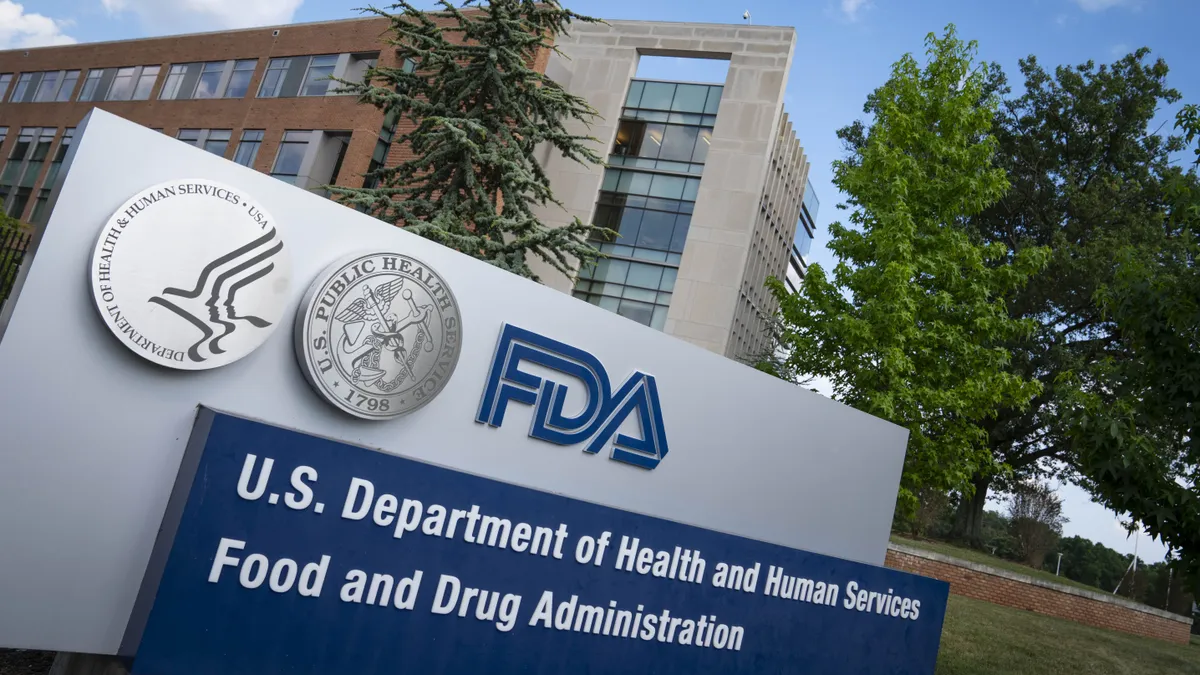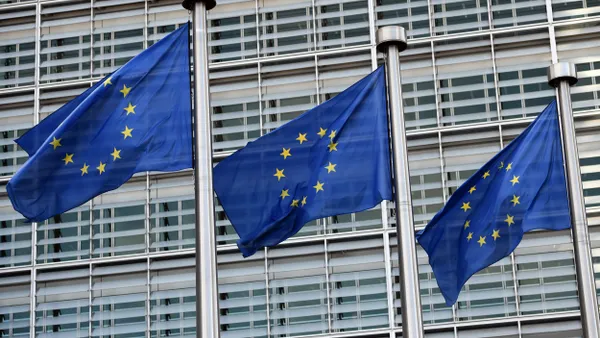With the COVID-19 public health emergency set to expire on May 11, medical technology companies that brought devices to market under special pandemic rules will need to prepare transition plans soon, the Food and Drug Administration said in final guidance issued on March 24.
The agency clarified what steps medtech firms will need to take if their product had an emergency use authorization (EUA), or was marketed under a pandemic exemption.
For devices with an EUA:
Device EUAs won’t expire immediately when the public health emergency ends, the FDA said. Rather, the Health and Human Services Secretary will publish an advance notice of when the agency's EUA declaration will end.
Companies that want to keep selling their device in the future will need to prepare a marketing submission to the FDA before the EUA termination date, the regulator said. As part of this process, manufacturers should include a “Transition Implementation Plan” that addresses how they will deal with devices that have already been distributed, in the event of a positive or negative decision from the FDA.
For devices that are still under review after their EUA ends, the FDA said it “does not intend to object” to their continued distribution, so long as their marketing submission has been accepted by the agency.
Companies that don’t make a submission to the agency would need to stop selling their device or test by the EUA termination date.
For devices sold under another pandemic-related guidance:
Since the start of the pandemic, the FDA has issued several so-called enforcement discretion notices to make some kinds of devices more available.
For instance, the agency said it will permit remote digital pathology devices and digital heath treatments for mental health conditions to be distributed without clearance. It also will allow modifications to some types of devices, including imaging machines, ventilators, heart and lung machines known as ECMOs, and cardiopulmonary bypass devices without seeking regulatory clearance first.
After the pandemic declaration ends, those leniencies will end as well, though the FDA has proposed a 180-day transition plan so that device-makers have time to adjust.
On May 11, when the public health emergency ends, the transition period will start. The regulator recommends that device companies start preparing marketing submissions if they plan to keep selling their products.
During the second phase of the transition, which starts 90 days later, the FDA said manufacturers should submit their devices for clearance. For certain types of life-support devices, such as ventilators and oxygen machines, the FDA requires manufacturers to tell the agency whether or not they intend to keep distributing the product in the future.
While the FDA’s pandemic guidance will expire on Nov. 7, the agency said it will allow devices to continue to be distributed if their marketing submission has been accepted by the agency before then.
Medtech comments
In comments responding to a draft version of the guidance shared in December, medical device companies and industry groups generally supported the transition period even as some asked for clarity on some specifics around labeling and the supply chain process.
Abbott Laboratories said the proposed 180-day transition period “is reasonable” for device manufacturers to submit and receive acceptance of the pre-market submission.
Medical device trade group AdvaMed, also supported the transition period but requested more flexibility with labeling changes, including letting manufacturers provide the information online, with the option for customers to request the updated labeling.
Cardinal Health, which makes gowns, gloves, durable medical equipment and other supplies, said that the FDA “must allow a sufficient timeline that accounts for all downstream trading partners to reduce abrupt changes in product availability.”
For example, clinicians may need more time to come up with alternative products or treatment plans and distributors may need more time to come up with alternative sources or products, the company said.
“Allowing usage up to the expiration date will allow the time necessary for EUA products to work their way through the supply chain once the transition period begins,” it added.














